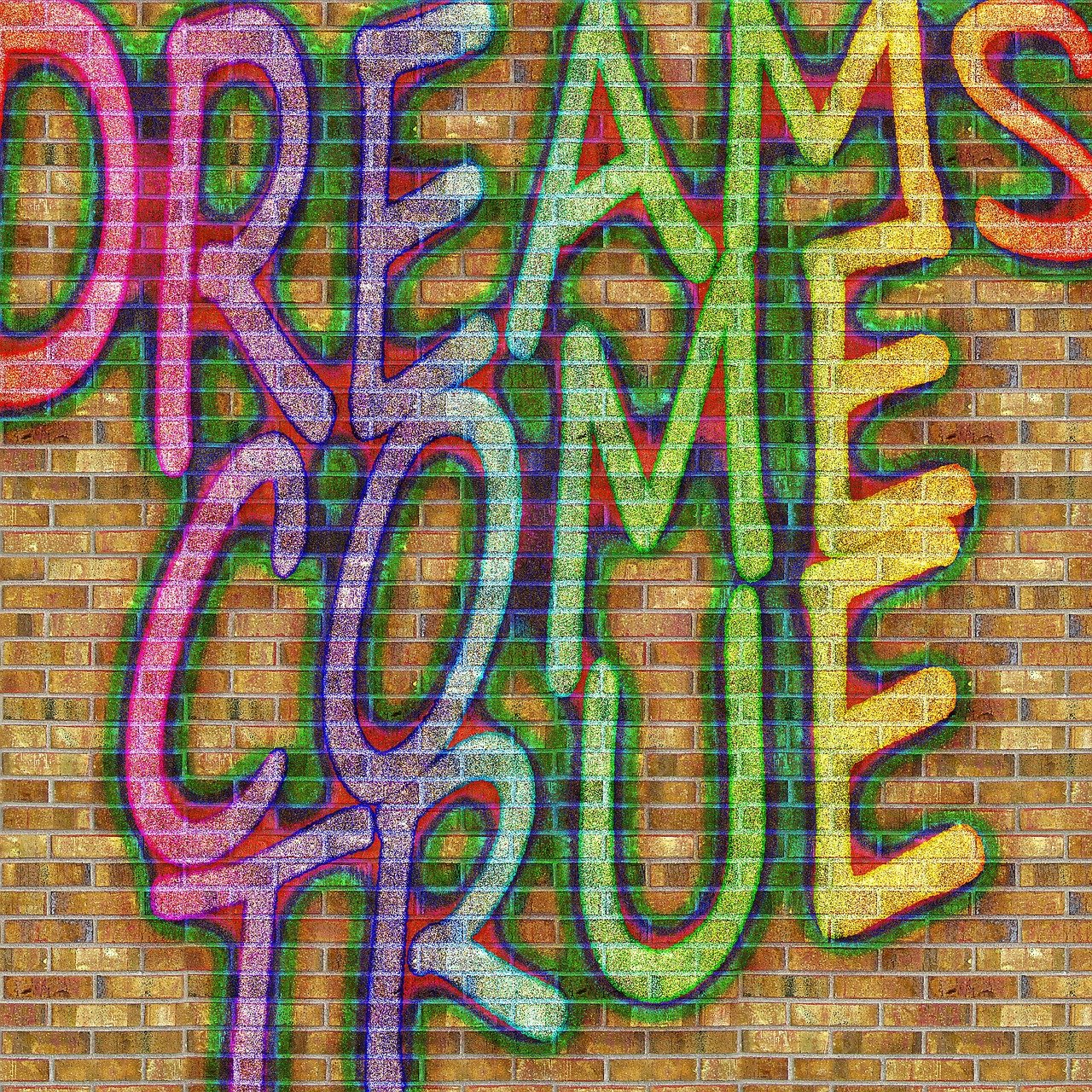
No. I am not an interventionist by any stretch of the imagination. But I do have a clue about how best for you to succeed in this rotation. Let’s call it years of experience and intuition based on our interventional radiology rotations’ best residents. On this note, we will return to the How To Succeed series this week again, this time in Interventional Radiology.
When we compare interventional radiology to other subspecialties, it has less in common with other radiology areas. Why? Because it overlaps more with many of the features of other surgical subspecialties. So, it would help if you changed your mentality to succeed on this rotation. Let’s delve into what you need to succeed on this rotation and how you can adapt to the new expectations. First, we will discuss reading materials and the basic mechanics of what you must do. Then, we’ll talk about when you should learn the different aspects of interventional radiology.
Reading Materials
Fortunately for some and unfortunately for others, reading plays a little bit less of a role in this subspecialty rotation in the traditional sense. Of course, you must read about cases and how to perform them. But, most of what you need to know for this rotation is experiential. For example, using the wires for a fistulogram is the best way to learn about them. The most salient way to understand the angle you need to use to approach a liver biopsy is to do it.
No amount of reading will allow you to translate everything you need to know to a successful procedure. You need to watch, perform with guidance, and finally complete a technique independently. There is almost no way around it. Therefore, your goal on this rotation should be to get into as many cases as possible.
Background Reading
Even though reading is not the central focus of this rotation, I will give you some background reading resources that some of my successful interventional residents have used. These include readings in the newly written book Vascular Interventional Radiology- A Core Review. Our residents also use Core Radiology and the Vascular and Interventional Case Review Series. Finally, one of my former residents (now an interventional resident) recommended looking at a book called Image-Guided Interventions. This book would be more for the gung-ho budding interventional radiologist, but it is another option. You can click on any of these Amazon links to purchase these books (I am an Amazon Affiliate and get a small percentage).
Other successful residents will google all the devices, wires, and other hardware every time they use one. All successful residents will look up information on significant cases the day before they perform them if they can!
Fundamental Doctrines Of Interventional Radiology
Here are some general guidelines for interventional radiology residents to maximize their interventional radiology experience.
Consent All Patients Early
Every single one of my successful interventional residents has said the same thing, “You need to make sure to consent patients as early as possible before a procedure!” If you cannot consent your patients before the procedure, you will not have the appropriate history that you will need. And your prep time will be taken by having to consent these patients. This consenting process will interfere with your getting into other procedures during the day. And a vicious cycle ensues. What does this mean? It would help if you got up early to start the process before the day’s procedures begin. There is no way around this!
Build Trust With Your Attendings
In interventional radiology, you will need to build trust with your faculty more than in almost any other specialty. And the reason is self-evident and straightforward. These radiologists are the key to allowing you to do more and get more “hands-on” experience. If a faculty member does not trust you, you cannot perform procedures. So, listen carefully to what your attendings have to say. And follow their instructions. Most importantly, do not forget to do something that they ask. I guarantee that being lackadaisical will ruin your entire experience!
Get Into As Many Interventional Radiology Cases As Possible
If you want to perform well in interventional radiology, your days will be non-stop. You will need to get involved in almost all the procedures you can. The experience counts, and there is no way around it. Why? Because to understand how to complete cases, you need to see and do them. You do not want to become an attending and perform a manual procedure you have never seen or performed!
Therefore, you may not want to pause in the break room for too long for this rotation. There is time for that when and if you become an interventionist. Now is the time, however, to keep the department moving so that you can get into the next case! So, help get patients in and out of the department, take histories, and get consents. It’s the only way to maximize your case time!
Read The Night Before
Finally, any interventionist worth their salt will tell you that you must read about the procedure and the disease entities the night before. Look up the disease entity, the history you need from the patient, the technique, the wires required to complete the procedure, and how to finish it. You will enjoy what the interventionist is doing more the next day because you will understand the whole process. Furthermore, your attendings will be impressed with all that you learned. Even though you may be exhausted the night before, you should never skip this step!
Guidelines For Each Year Of Interventional Radiology
Year One
Just like surgical interns, you need to know the basics before getting heavily involved in the procedural aspects of interventional radiology. The first year is the best year to learn how to consent, take an appropriate interventional history, make orders, do tube rounds, and discharge patients. You need this background to get to the next step!
Of course, many of you will get to start doing some procedures, but there is a lot more to interventional that you need to know. As a background for the rest of your time in interventional radiology, you should learn all these other tasks in your first year. Reading about procedures or learning about cases the night before is also vital, even though you may not get to help out as much with the manual techniques this year.
Years Two And Three
You should learn the “bread-and-butter” interventional radiology procedures during these two years. Get involved in biopsies, PICC lines, catheter placements, and nephrostomies. These are the procedures your attendings will allow you to do more, especially if you have established their trust. And you will build up your repertoire slowly. You should be able to perform these procedures as a general radiologist when you leave residency. Make sure to learn them well and execute them many times!
Year Four And Beyond
Year four is the time to get involved in the bizarre, complex, and engaging. Help with oncology cases, stent placements, uterine fibroid embolizations, and neurointerventional procedures. Get a sense of some of the more intricate techniques. These rotations may be the last time you will see the more esoteric aspects of interventional radiology. But the experience will be invaluable!
Completing Your Interventional Radiology Rotations Successfully
Anyone who says their interventional experience was easy will probably not maximize their opportunities to learn the subspecialty. To understand what you need to know and be successful, you should be busy in interventional radiology. You should actively take histories, consent patients for procedures, read up on patients/diseases, and get into as many cases as possible. There is no way around it. Experience is the crucial element of this subspecialty, and you desperately need it to succeed. You can not get ahead by sitting back on this rotation. So, take advantage of the opportunities that your residency affords you. Regardless of whether you go into interventional radiology as a career, this experience will go a long way in making you a well-rounded radiologist!
















